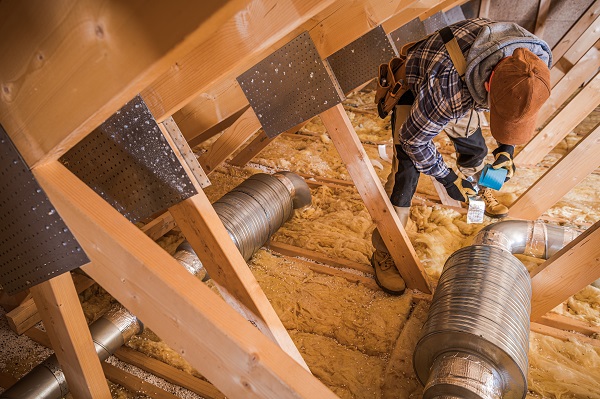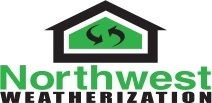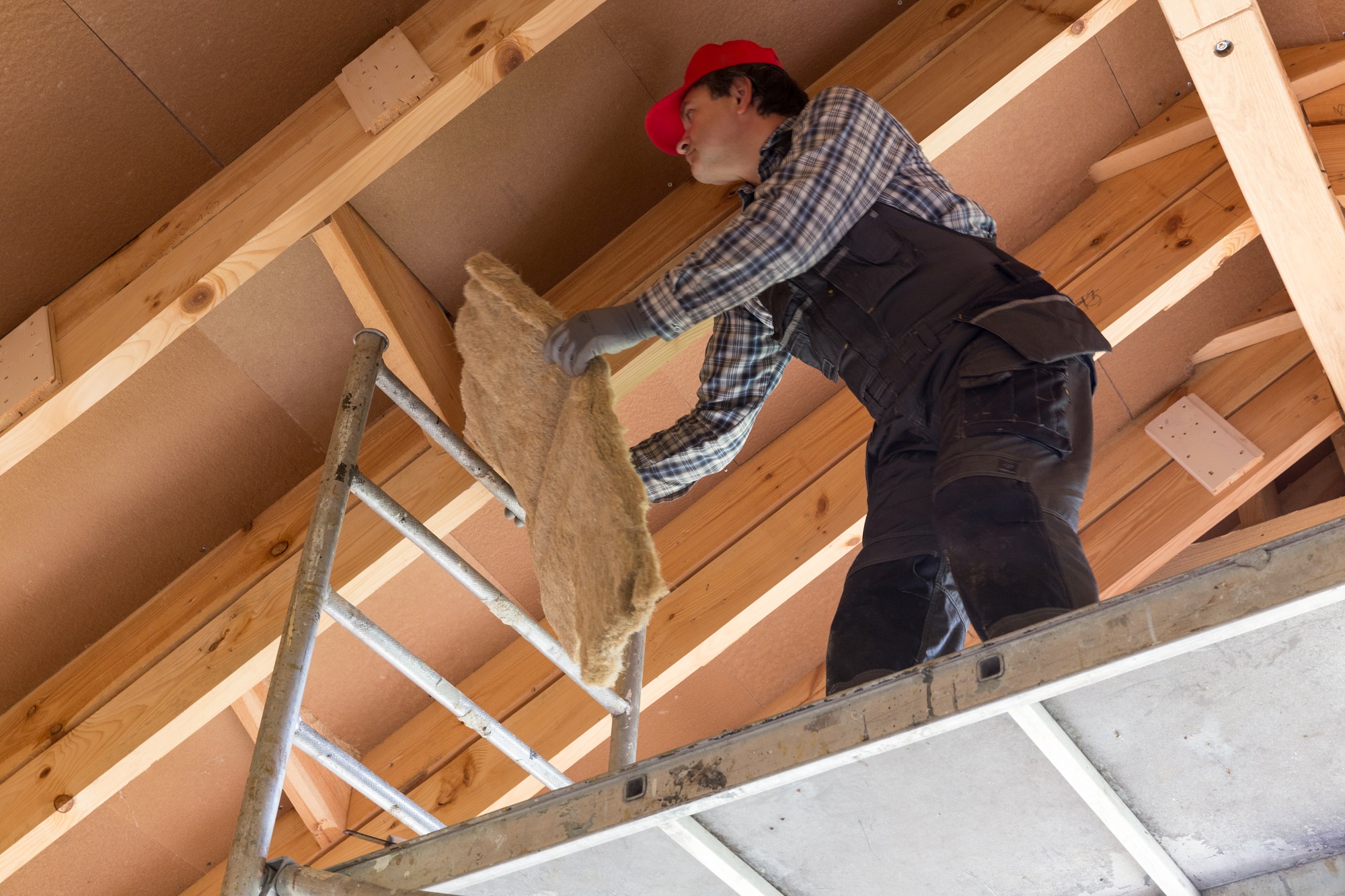Before installing insulation into your home, assess your current insulation’s efficiency and identify potential air leaks. Consider your insulation installation needs based on Energy’s Star’s R-value chart and your location. Choose the right insulation type – each has unique advantages and disadvantages. Safety is crucial; wear protective gear and avoid placing insulation near heat sources. Realize that up to 70% of energy loss can occur in homes with poor insulation, so it’s vital to get this right. You’ll uncover further insights as you delve deeper into this topic.
Understanding Insulation Basics

To grasp the fundamentals of home insulation, it’s crucial to understand that insulation acts as a barrier against temperature fluctuations, primarily by preventing heat loss through conduction in solid materials. This process is called heat loss regulation. When properly installed, insulation effectively traps heat, reducing its escape and thereby enhancing your home’s energy efficiency.
Different types of insulation protect against conduction and these can be visually identified. Each type possesses unique properties, making them ideal for specific applications. For instance, you’d find that insulation in your attic is specifically designed to counteract the chimney effect, where warm air rises and escapes from the top of your house.
However, insulation alone isn’t enough. Air sealing is a critical component of an effective insulation system. Without it, drafts can enter your home, defeating the purpose of your insulation and causing your energy bills to escalate.
Your goal should be to create a well-insulated, air-sealed home. This not only ensures a comfortable living environment but also contributes to substantial energy savings in the long run. Remember, proper preparation, including checking R-value requirements and assessing cavity conditions, is key to achieving an optimal insulation system.
Determining Insulation Needs
Having understood the basics of insulation, you’re now better equipped to determine your home’s specific insulation needs. To ensure an energy-efficient home, it’s important to consider insulation type, insulation depth, and climate-specific R-value when assessing your insulation needs.
- First, calculate the total R-value needed based on insulation depth. This will guide you on how much insulation to install. Different insulation types possess varying R-values, so your choice of insulation type will significantly impact the R-value.
- Second, consult Energy Star’s recommended insulation R-values chart. This useful tool provides guidance on the appropriate insulation levels for different areas of your home, helping you meet the required standards for an energy-efficient home.
- Lastly, pay attention to the climate-specific R-value recommendations. These recommendations ensure your insulation meets the energy efficiency requirements specific to your climate.
Choosing Insulation Material
Now that you’ve determined your insulation needs, it’s crucial to choose the right insulation material for your home. The choice of insulation materials is wide-ranging, with each offering unique advantages and disadvantages.
Cellulose insulation, made from recycled paper fibers, is an eco-friendly choice. It’s also a great choice for tight spaces due to its ability to conform to any shape. However, it can absorb moisture, which can lead to potential mold issues if not properly managed.
Spray foam insulation is another option to consider. It is made by combining chemicals that react to create foam, which then expands to fill gaps and hard-to-reach spaces. This type of insulation is excellent for sealing air leaks and has a high R-value, which measures thermal resistance. However, it’s more expensive and should be installed by professionals due to the chemicals involved.
Pre-Installation Home Assessment
After selecting a high-quality material for your home, it’s time to assess your home’s current insulation status and needs. This pre-installation home assessment is a crucial step to ensure the optimal performance of your new insulation and overall energy efficiency.
- Assess Current Insulation: Begin by evaluating your existing insulation. Does it meet recommended R-values? Is it old, damaged, or inefficient? This will help you figure out if an upgrade or replacement is necessary.
- Check for Air Leaks: Air leaks can significantly undermine the efficacy of your insulation. Hence, it’s important to identify and seal these leaks to prevent heat loss and improve energy efficiency before installing new insulation.
- Inspect for Moisture Control Issues: Lastly, do a visual inspection for signs of moisture damage or mold. These can affect the insulation installation and the longevity of the insulation.
Safety Measures During Installation
Before you begin the insulation installation process, it’s crucial to prioritize safety measures, as the task can be messy, dusty, and hazardous. One of the first safety measures you should take is wearing protective gear like masks, eyewear, and gloves. This measure can help protect you from harmful particles or irritants often found in insulation materials.
Furthermore, careful placement of insulation is critical. It’s advised not to place insulation against heat sources to avoid the risk of fire. This safety concern shouldn’t be overlooked as it could lead to devastating consequences.
Adhering to safety instructions and recommendations is also vital in preventing accidents during installation. Remember, complacency can lead to unwarranted accidents, so ensure you’re always alert and cautious.
If you face any safety concerns or uncertainties during the insulation process, don’t hesitate to seek professional help. Experts in the field can provide guidance and advice, ensuring the process is conducted safely and efficiently. It’s always better to take the necessary safety precautions than to risk potential harm. Your safety should always come first during any home improvement project, and insulation installation is no exception.
Professional Vs. DIY Installation
While prioritizing safety during insulation installation is paramount, you should also consider whether to take the DIY route or hire a skilled professional for the job. When you’re weighing professional installation against DIY installation, there are several key factors to keep in mind.
- A professional insulation contractor will have extensive training and expertise in handling insulation materials, ensuring that they’re installed correctly and safely.
- Doing your own DIY installation can save you some money upfront, but it requires a solid understanding of insulation materials and techniques. If done incorrectly, it could end up costing you more in the long run due to inefficiencies and potential damage.
- Professional installation generally leads to better energy efficiency because experts know how to optimize the insulation for your specific home and climate.
Northwest Weatherization Provides Excellent Insulation Installation
If you’re considering insulation installation, Northwest Weatherization is an excellent choice, offering a range of affordable, high-quality services that significantly reduce energy loss in your home. With years of experience, we have honed our skills in installing insulation effectively, ensuring optimal energy efficiency.
Northwest Weatherization takes into account the age and condition of your home before installing insulation. This is vital as homes older than 20 years often have inferior or worn-down insulation. We understand that poorly insulated homes can lead to increased heating and cooling costs and accelerated wear on your HVAC system.
When it comes to wall insulation, we recognize that walls account for the largest amount of heat loss. We use spray foam, a high-performance solution that restricts airflow and encapsulates wiring and piping. This not only optimizes insulation but also prevents the growth of mildew and mold.
Air sealing is another service we provide, focusing on duct systems that often harbor air contaminants. By sealing leaks and gaps, we prevent unfiltered air from entering your home and compromising your health.
Contact us today for quality insulation installation services.
Weatherization services our expert installers provide:
- Free Home Insulation Audit
- Attic Insulation Services
- Floor Insulation
- Crawl Space Insulation
- Crawl Space Cleaning
- Wall Insulation
- And More
Visit our About Us page for more information about our insulation company.

